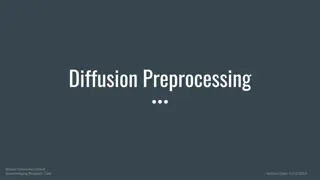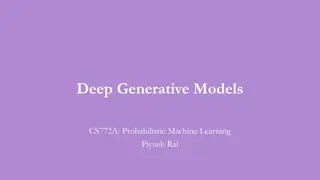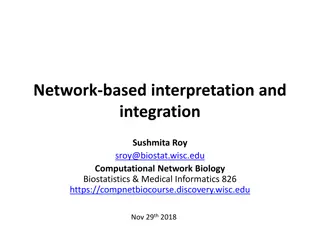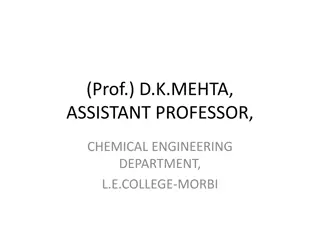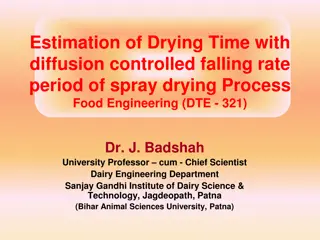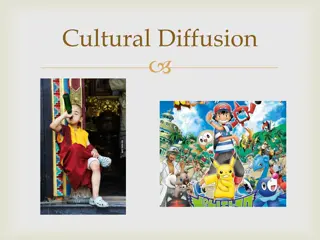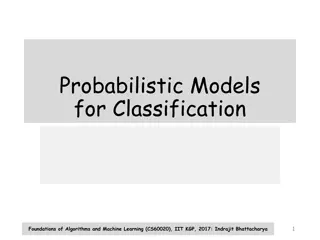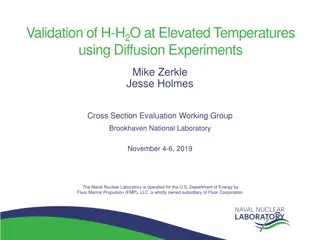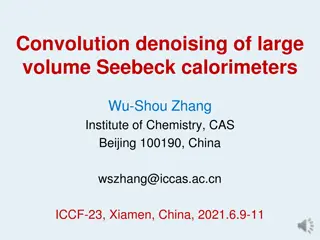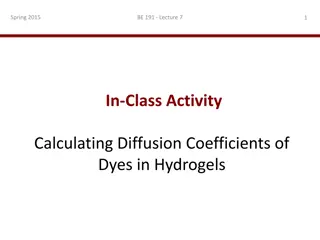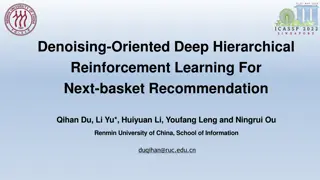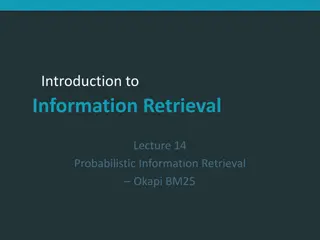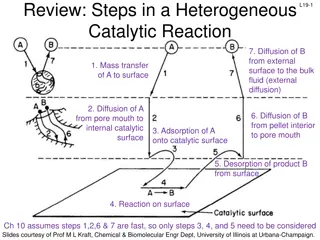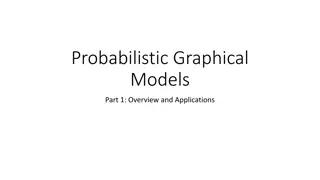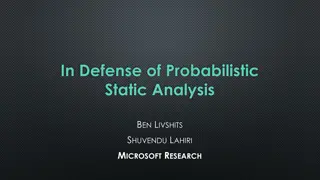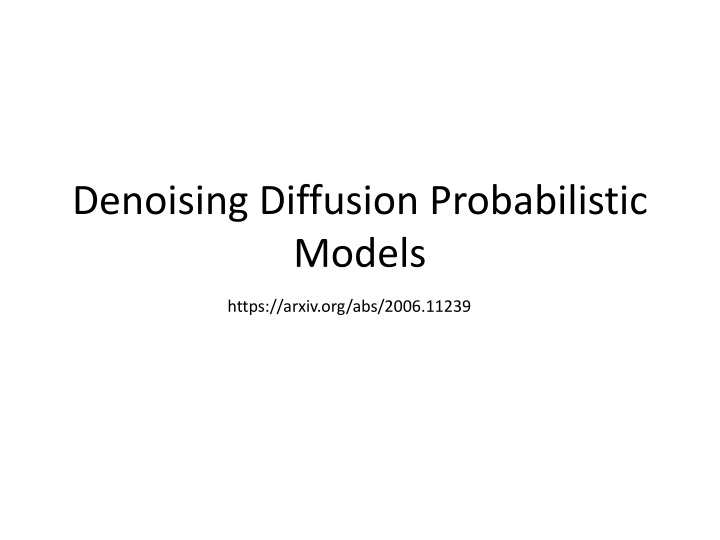
Probabilistic Models for Denoising Diffusion - Research Explained
Explore the world of denoising diffusion probabilistic models with a detailed outline covering introduction, method, experiments, and conclusions. Learn about the training objectives, network architecture, and achieved results in image generation. Discover the potential for future research and improvements in this field.
Download Presentation

Please find below an Image/Link to download the presentation.
The content on the website is provided AS IS for your information and personal use only. It may not be sold, licensed, or shared on other websites without obtaining consent from the author. If you encounter any issues during the download, it is possible that the publisher has removed the file from their server.
You are allowed to download the files provided on this website for personal or commercial use, subject to the condition that they are used lawfully. All files are the property of their respective owners.
The content on the website is provided AS IS for your information and personal use only. It may not be sold, licensed, or shared on other websites without obtaining consent from the author.
E N D
Presentation Transcript
Denoising Diffusion Probabilistic Models https://arxiv.org/abs/2006.11239
Outline 1. Introduction 2. Method 3. Experiment 4. Conclusion
Forward Process Variancec schedule linear from 0.0001 ~ 0.02 Timestep T = 1000 Notation It admits sampling ??at an arbitrary timestep t Reparameterization ?0 ?50 ?100 ?300 ?500 ?700 ?900 ?1000
Training Objective We can use our model to predict x0or or , and the author choose to predict Note:
Reverse Process ?1000 ?800 ?400 ?200 ?150 ?100 ?50 ?0
Network Architecture Ref: https://cvpr2022-tutorial-diffusion-models.github.io/ Unet with residual block and self-attention and add time embeding to conditioned with time step
Training and Sampling Reverse Process Forward Process Loss Function
Conclusion achieved high quality image generation without adversarial training Aquire simple training objective , Reverse process predict instead of Many follow-up research Improve diffusion base model based on this architecture

